When the Salvador Dali Museum is mentioned, the first thing that comes to mind is the huge complex in Figueres. However, there are three house museums of the artist in Catalonia: in addition to the most popular one, there are also two smaller ones – in Cadaqués and Pubol.

What you will see in the museum in Cadaqués
The museum in Cadaqués is intimate, cozy and soulful. It is located in a wonderful place: on the shore of a small, incredibly picturesque bay on the outskirts of the city, in the adjacent fishing village of Port Lligat.
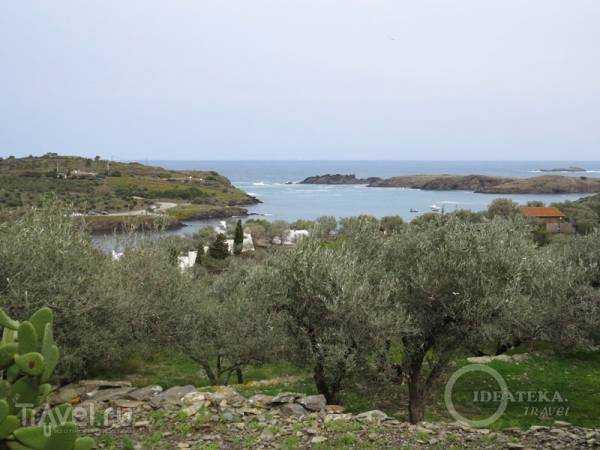
This is a real house, where the artist spent his summers (he and Gala often moved to the USA for the winters). Dali bought it in 1930, and then gradually bought up neighboring huts and added them to his estate. The artist proved himself to be a brilliant designer and turned the house into one of his works – unusual, intricate, surprising and astounding. By the 60s, the house had turned into a strange labyrinth of many rooms of “irregular” shape. Salvador Dali left his favorite refuge only in 1982 after the death of his wife.
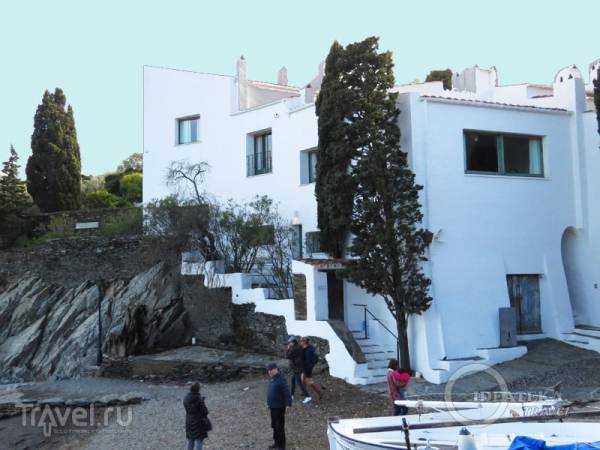
The guide will tell you about the many “tricks” of the genius’s house. For example, in his luxurious bedroom, Dali installed furniture and mirrors at such an angle that he and his wife could watch the sunrise over the sea.
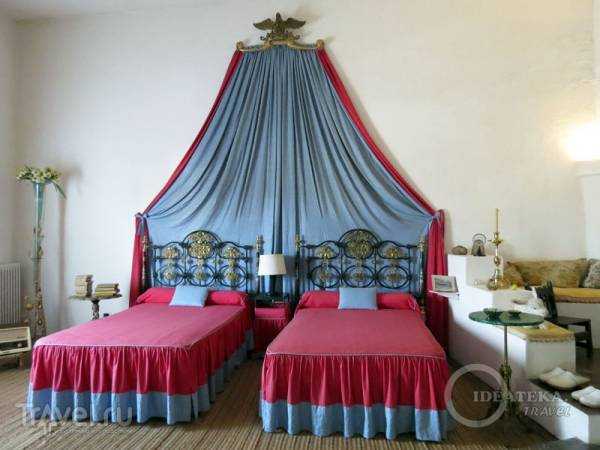
However, I won’t tell you everything – come and listen to the guide yourself))
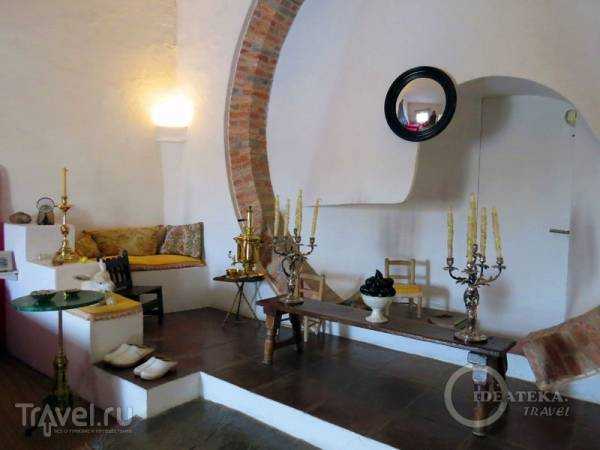
Around the house on the mountainside there is a small garden with olive trees. At the top of it there is a small house where a film about Dali is constantly shown.
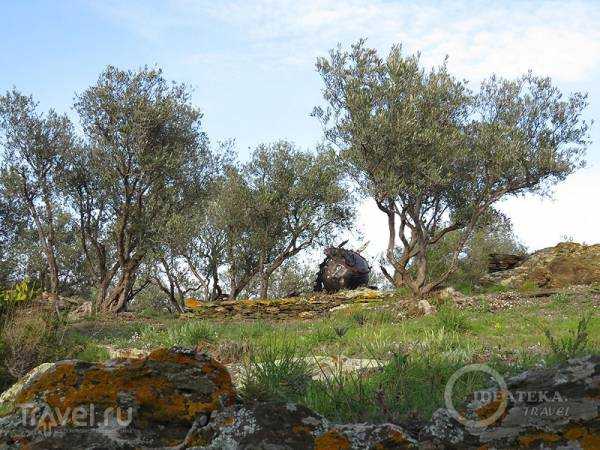
If you stay a little longer, you will see some interesting rare newsreel footage.
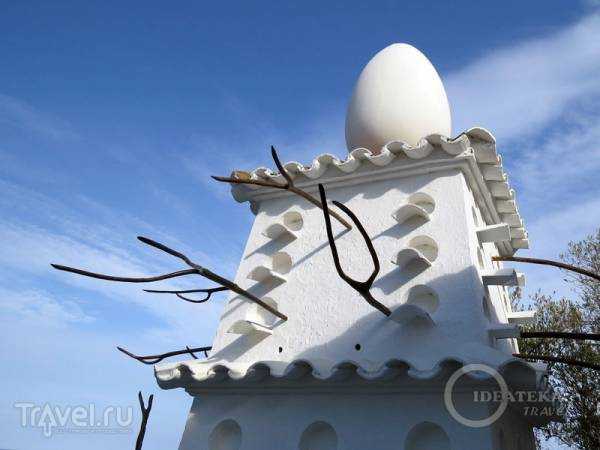
And next to the house there is a small swimming pool with strange installations and Michelin “men”.
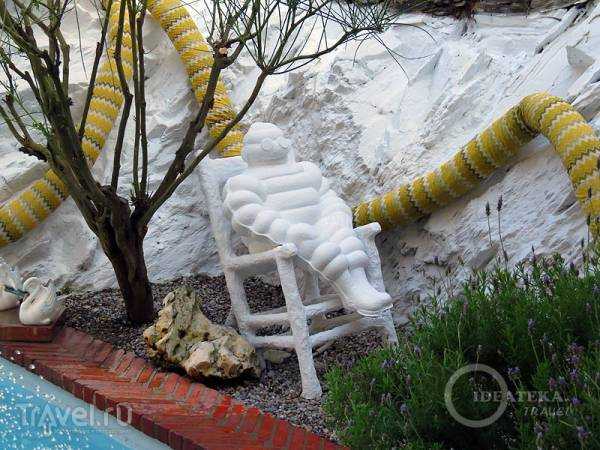

Tips for tourists before visiting the museum
- Be sure to buy a ticket in advance at least a few days before the trip on the official website of the museum. You can only visit the exhibition with a small group of about 10 people. The house is small, and a crowd of tourists simply will not fit there, not to mention the fact that no one will see anything.
- Don't expect to arrive and buy a ticket on the spot: even in the off-season there may not be any seats, and you'll have to wait in line for a very long time.
- Don't be late for the start of the tour: you are only allowed to walk around the house with a guide, if you arrive late you will not be allowed in.
- Sessions start every 15 minutes, but there is no time limit on your visit to the museum: once the tour of the house is over, you can wander around the garden as much as you like.
- Keep in mind that the garden is very hot in summer, there is almost no shade. It is better to visit this place (and Catalonia in general) in spring or autumn, when there are much fewer people.
- Unfortunately, there are no tours in Russian. Therefore, if you do not understand a word of Catalan-Spanish-English-French, take an interpreter with you.
- If you have reached the beautiful town of Cadaqués, then it is worth adding a walk through the Cap de Creus National Park to your travel plan.
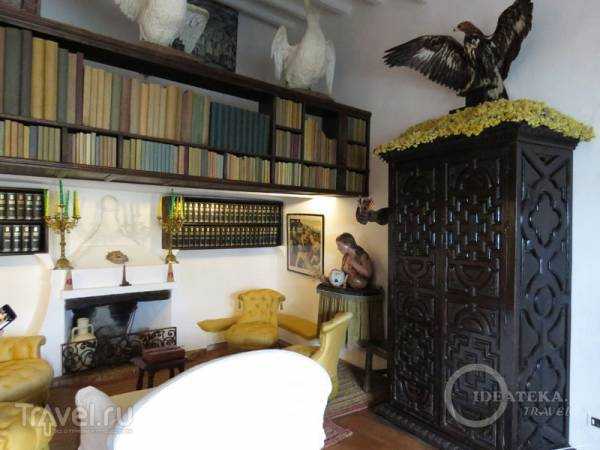
How to get to the Salvador Dali Museum in Cadaqués
There are direct buses from Barcelona's Estacio del Nord bus station to Cadaqués several times a day. You can find out the schedule and buy tickets here Here.
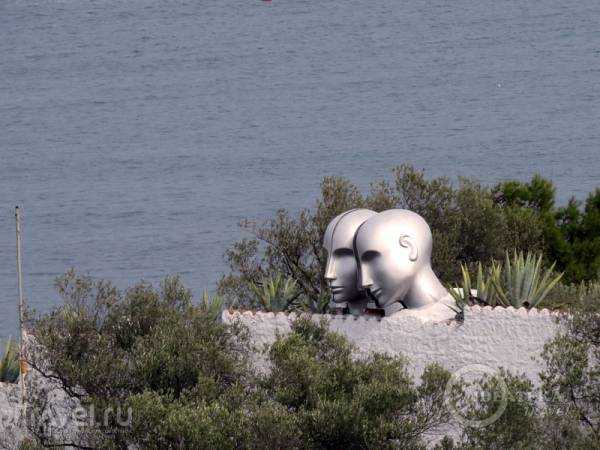
From Barcelona, from the Passeig de Gracia train station, you first need to take the train to Figueres. Trains run frequently, every half hour to an hour, the journey takes about an hour and a half, see the exact schedule Here. In Figueres, change to a bus to Cadaqués (it is 35 kilometers away). From the bus station to the museum it is easy to walk in about 25 minutes: there are signs everywhere, and any passerby knows the way.
By car, the road from Barcelona to Cadaqués will take about 2 hours. First you can drive along the highway, and then a little along the serpentine. Not far from the museum, above it on the mountainside, there is a free parking lot. However, you can leave your car in the city and walk to the museum on foot. The town is small, everything is close: in one bay there are snow-white houses of Cadaqués, and in the neighboring one, a few hundred meters away, there is already Port Lligat.
Source: travel.ru












